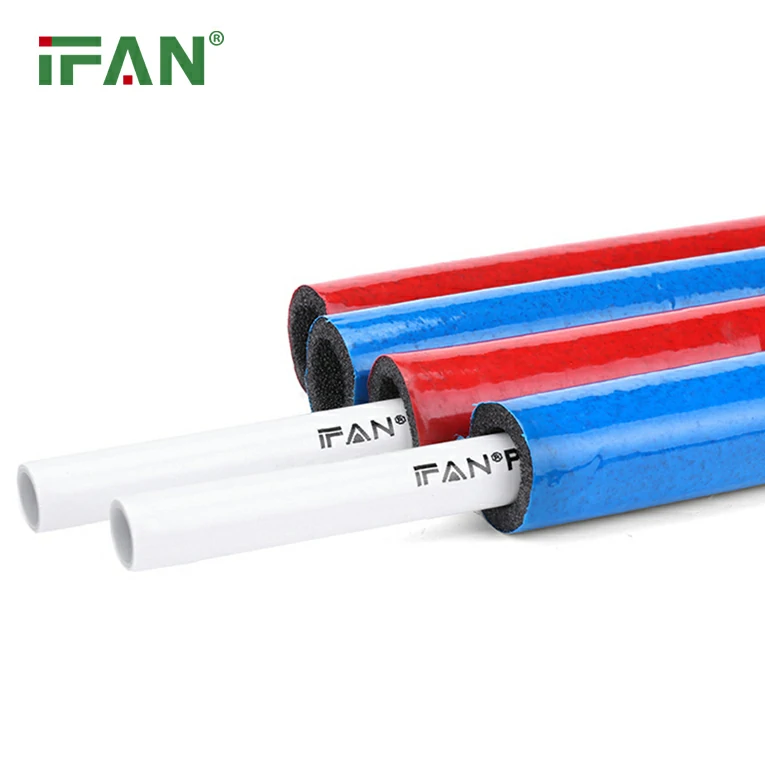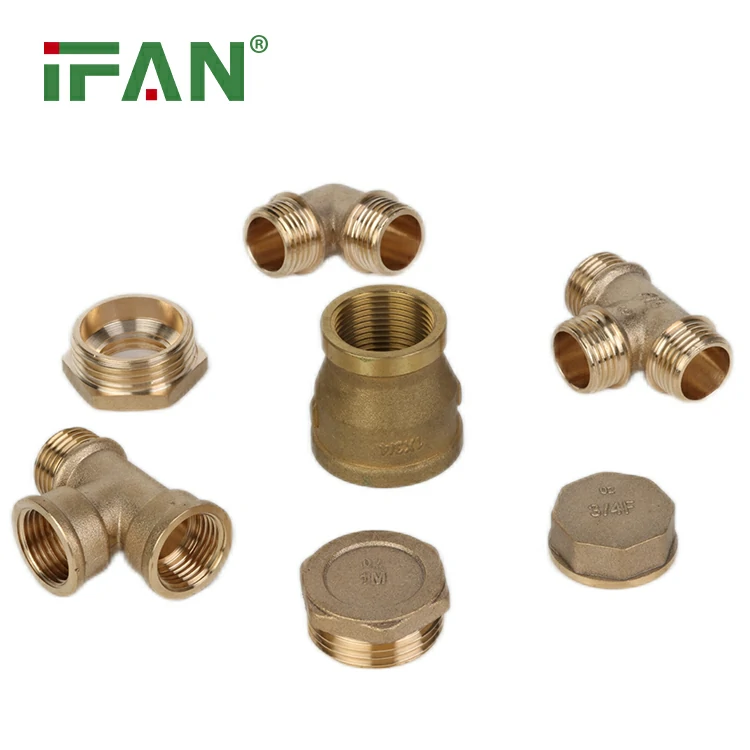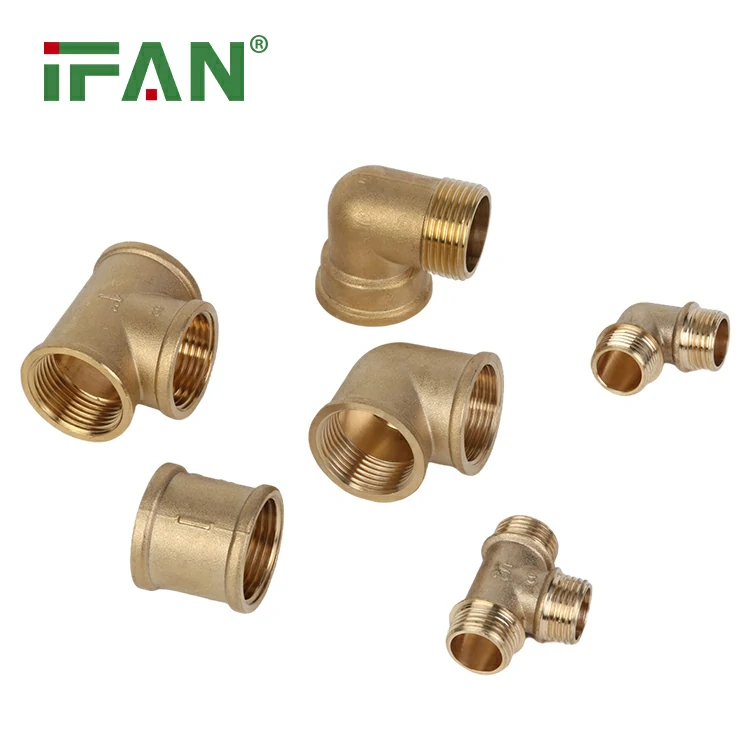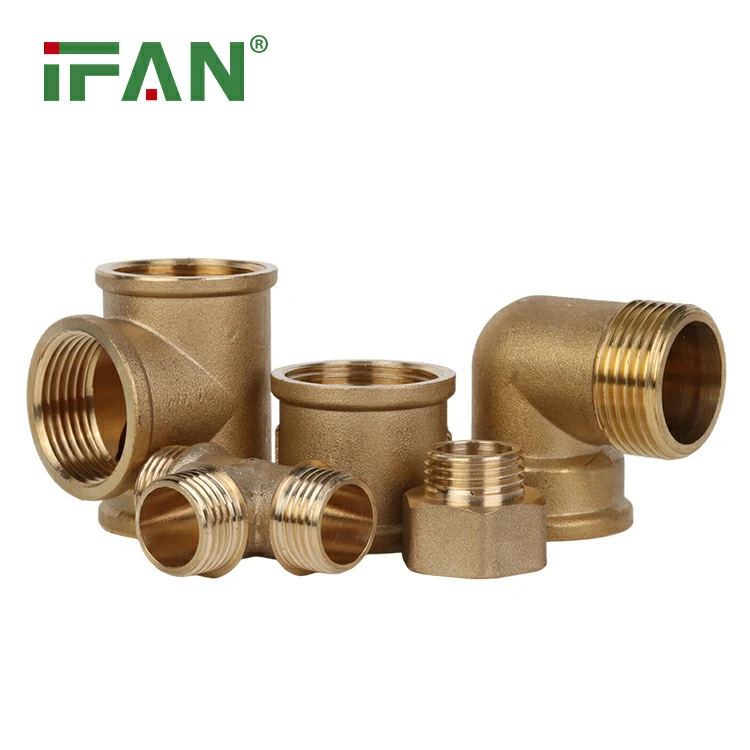The plumbing industry has undergone significant transformations over the past few decades, with various materials emerging to meet the growing demands of modern construction. Among these advancements, PEX (cross-linked polyethylene) pipes have become a go-to solution for plumbing systems. This year marks the 50th anniversary of Uponor’s PEX pipe, a product that has revolutionized plumbing practices across residential, commercial, and industrial applications. In this article, we will explore the history of PEX, its benefits, applications, and advancements that have shaped its evolution.

The Birth of PEX Pipe
What is PEX Pipe?
PEX pipe, short for cross-linked polyethylene, is a flexible plastic piping material used in plumbing systems. Originally developed in the 1960s, PEX pipes gained widespread popularity throughout the 1970s and 1980s due to their advantageous properties over traditional materials like copper and PVC.
The cross-linking process improves polyethylene’s characteristics, providing better temperature resistance, chemical resistance, and flexibility. Uponor, a pioneer in the PEX market, has been at the forefront of these developments since the early days, continuously enhancing their products to meet evolving industry standards and consumer needs.
Key Milestones in PEX Development
1. Early Innovations
The manufacturing of PEX began in Germany in the 1960s, where researchers discovered the advantages of cross-linking polyethylene. In the early 1970s, Uponor—then known as Wirsbo—introduced PEX to the North American market. At this time, the industry was largely reliant on rigid and heavy materials.
2. Acceptance in the Market
By the late 1980s, PEX pipes started gaining acceptance among contractors and builders. The rapid installation capabilities, coupled with reduced labor costs, made it particularly appealing for residential plumbing systems. As more homeowners and builders began to recognize the benefits of flexibility, resistance to corrosion, and ease of handling, PEX solidified its place in the plumbing industry.
3. Expanding Applications
With continued advancements, PEX began to find applications beyond traditional plumbing. The use of PEX in radiant floor heating systems, snow melting applications, and even fire protection systems showcased its versatility. This expansion marked a turning point that contributed to PEX’s growth into various sectors of construction.
Benefits of PEX Pipes
As Uponor celebrates the 50th anniversary of PEX pipes, it’s crucial to highlight the advantages that have fueled their popularity. Here are some of the key benefits of PEX piping:
1. Flexibility and Ease of Installation
PEX pipes are highly flexible, allowing them to bend around corners and fit into tight spaces easily. This flexibility translates to reduced installation time, as fewer fittings and connections are needed compared to rigid piping.
2. Resistance to Corrosion
PEX pipes do not rust or corrode like metal pipes, making them ideal for areas with hard water or where the plumbing may be exposed to corrosive substances. This resistance extends the life of the plumbing system and maintains water quality.
3. Freeze Resistance
One of the standout features of PEX pipes is their ability to expand slightly when frozen, preventing breaks or ruptures. This quality is particularly valuable in colder climates, protecting plumbing systems during harsh winter months.
4. Cost-Effectiveness
PEX piping is generally more affordable than traditional materials like copper. The lower material costs and reduced labor expenses make it an attractive option for homeowners and contractors alike.
5. Reduced Noise Levels
Being made of plastic, PEX pipes absorb sound better than metal pipes. This quality minimizes noise from flowing water, providing a quieter home environment.
Applications of PEX Pipes
Over the years, the versatility of PEX pipes has led to widespread adoption in various applications:
1. Residential Plumbing
PEX is commonly used for both hot and cold water distribution in residential homes. Its flexibility allows for simple installation routes, and its durability ensures reliable performance over time.
2. Radiant Heating Systems
Radiant floor heating is one of the most popular applications for PEX due to its exceptional heating capabilities. Warm water is circulated through PEX pipes embedded in floors, providing efficient and comfortable heating.
3. Snow Melting Systems
In regions with heavy snowfall, PEX pipes can be installed under driveways and walkways to create snow melting systems that prevent ice accumulation.
4. Fire Protection Systems
PEX is also used in some fire suppression systems, due to its ability to handle high flow rates and resist heat damage.
5. Industrial Applications
Additionally, PEX has found its way into commercial and industrial applications, requiring durable and reliable plumbing solutions.
Continuous Innovation and Future of PEX
Uponor has continued to innovate in the PEX market, introducing enhancements that focus on sustainability, efficiency, and performance. Some recent advancements include:
1. Carbon-Reduced PEX
In line with global sustainability challenges, Uponor has introduced carbon-reduced PEX pipes made from renewable materials. This development not only reduces the carbon footprint associated with PEX manufacturing but also affirms Uponor’s commitment to environmental responsibility.
2. Smart PEX Solutions
With the rise of smart home technology, PEX systems are being integrated with digital monitoring and control solutions. This integration allows homeowners to track water usage, detect leaks, and optimize energy efficiency.
3. Expanding Product Lines
Uponor continues to expand its product offerings, including specialized fittings and connectors that enhance the performance and efficiency of PEX systems.
4. Educational Initiatives
In addition to product innovations, Uponor is committed to educating contractors and homeowners about the benefits and best practices of using PEX systems, ensuring that plumbing professionals have the tools they need to succeed.
Conclusion
As Uponor’s PEX pipe turns 50, it is clear that this innovation has profoundly impacted the plumbing industry. From its flexible design and ease of installation to its resistance to corrosion and freezing, PEX pipes have redefined modern plumbing solutions. The ongoing commitment to sustainability and innovation will undoubtedly guide the future of PEX technology, further solidifying its role in shaping plumbing systems for years to come.
Frequently Asked Questions (FAQs)
- What is PEX pipe, and why is it used?
- PEX pipe is a flexible plumbing material made from cross-linked polyethylene. It’s used for water supply lines, radiant heating, and other plumbing applications due to its flexibility, durability, and cost-effectiveness.
- What are the advantages of PEX over copper piping?
- PEX is generally more affordable, easier to install due to its flexibility, resistant to corrosion, and has a lower risk of bursting when frozen, making it a favorable option compared to copper.
- Can PEX pipes be used for hot water distribution?
- Yes, PEX pipes are suitable for both hot and cold water distribution, and they maintain their integrity even at high temperatures.
- How long does PEX piping last?
- PEX piping is designed to last over 25 years, and with proper installation and maintenance, it can outperform many traditional plumbing materials.
- Is PEX safe for drinking water?
- Yes, PEX piping is safe for potable water when manufactured according to industry standards and regulations. It’s recommended to look for certifications from relevant health organizations.
With 50 years of history behind Uponor’s PEX pipe, it stands as a testament to innovation and evolution in the plumbing industry, continually embracing sustainability and efficiency while fulfilling the growing needs of modern today.






